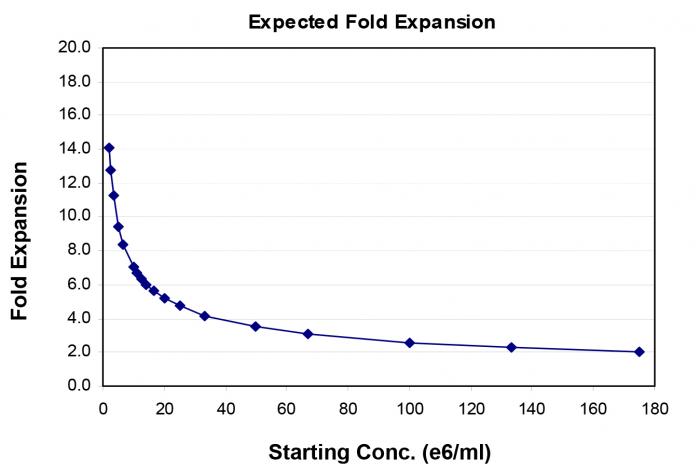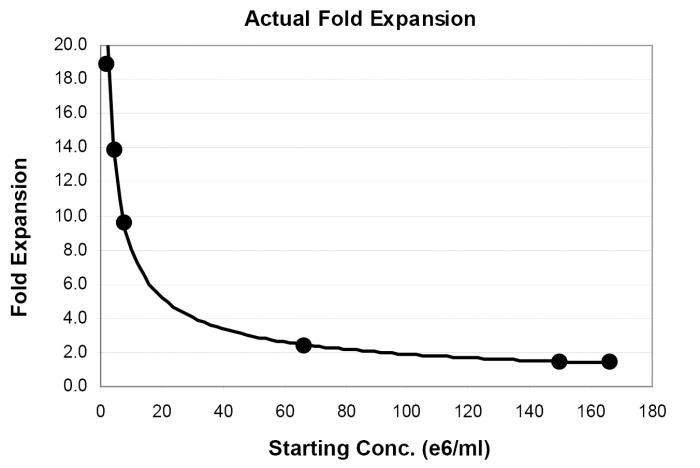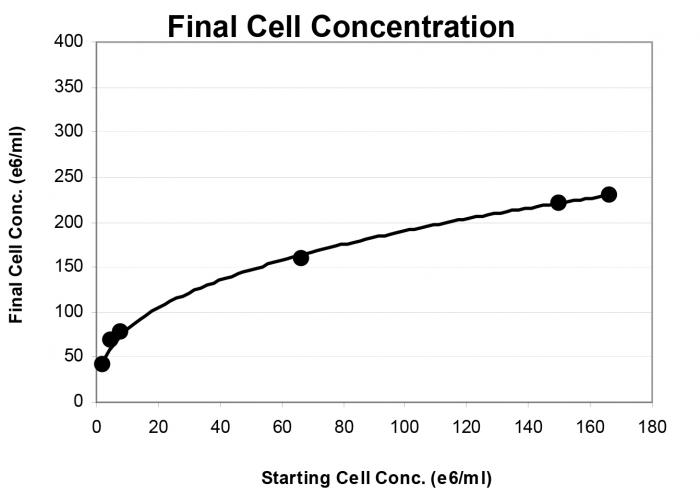They ARE miniature soda bottles, though possibly not in the sense you're thinking. They are called preforms, and are typically used by the bottling facility by expanding them to full size by heating them and blowing air into them (an effect that resembles glass blowing). They are exactly what White Labs uses, and ARE fairly thick-walled because they contain enough material to make a typical 2L bottle... the walls get thinner as air is blown into them to "stretch" to full-size.
They are popular because they are already manufactured on a massive scale for the beverage industry, making them a very cheap (literally pennies when bought in bulk) alternative to purpose-made labware. Notice how the caps are *identical* to soda bottles? It's not a coincidence.
Thanks for the clarification emjay. That is actually pretty interesting. Good multiple use product! Probably should be way cheaper than some of those links on Amazon. You can buy 2 liters of soda for the price of one of those.




























































